Leading Tour Operator
Cities of Saudi Arabia
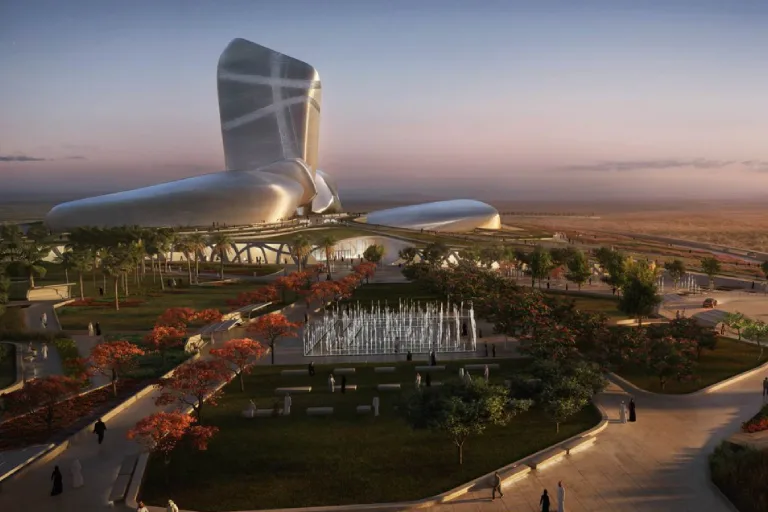
The city of Dammam represents rarity, authenticity, and wealth, making it the pearl of the Arabian Gulf. Its strategic location in the Eastern Region of Saudi Arabia has great importance in the country’s economy, as its lands included the first oil well that produced promising commercial quantities, allowing Saudi Arabia to dominate the global oil market to this day. The well was named “Well of Goodness” or also known as Dammam Well No. 7.

You can fall in love with Al-Ahsa from your first visit, as you receive a warm welcome from the locals, with their distinct dialect and authenticity, which is reflected in their mastery of wonderful products. Al-Ahsa’s residents inherited traditional handcrafts that came as a result of a natural environment, characterized by fertile land that gave birth to bounties, making it one of the first cities to be rich in industries.

In the city of Riyadh, which never stops growing and prospering, you will discover the birthplace of the Kingdom of Saudi Arabia, with its historical treasures hidden in ancient palaces that witnessed the moments of its foundation. Visitors from all over the world come to explore worlds of shopping, entertainment and business, where its commercial complexes live the most exciting shopping experiences, and discover the charm of its unique nature in sandy dunes that are topped by its sparkling stars, in an environment full of natural diversity and unique properties that ignite curiosity and invite exploration.
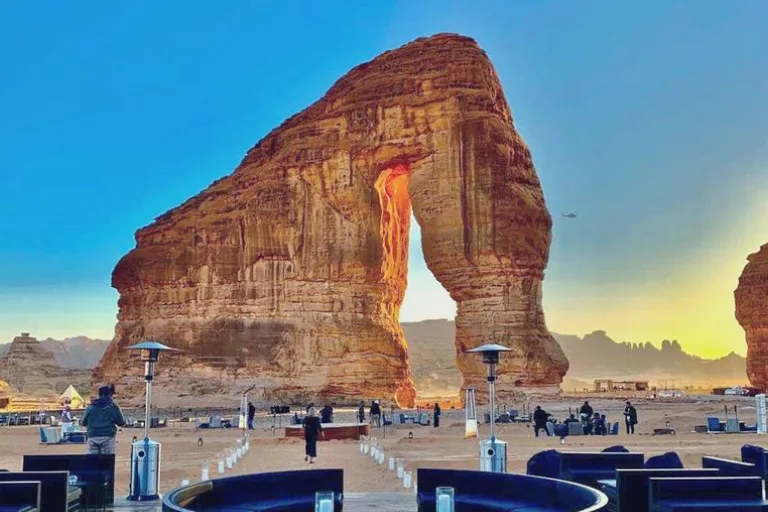
AlUla’s rich details make it a treasure trove of history and a masterpiece that attracts visitors from all over the world. On its land, human cultures meet, and numerous civilizations have grown, especially in the “Al-Hijr” region, the first Saudi site on the UNESCO World Heritage List. Living among its amazing archaeological sites is the pleasure of discovering hidden stories within its folds, as its rocks are filled with mysterious symbols, elaborate inscriptions, and texts dating back to the first century BC.
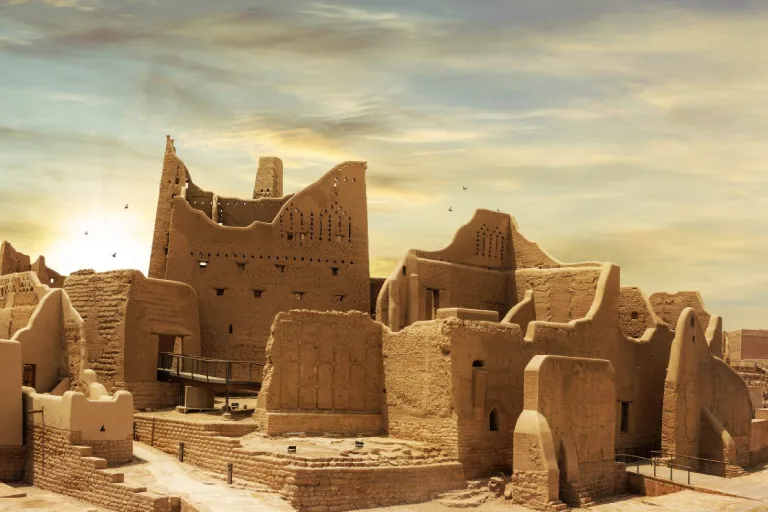
In Diriyah, you will experience a unique dimension of entertainment in the heart of a historic city established in 1446 AD. Explore its ancient neighborhoods, heritage landmarks, and unique natural features to discover the rich history of the Kingdom of Saudi Arabia. Located strategically in the northwest of Riyadh, on the banks of Wadi Hanifa, Diriyah has become a cultural suburb with global standards.
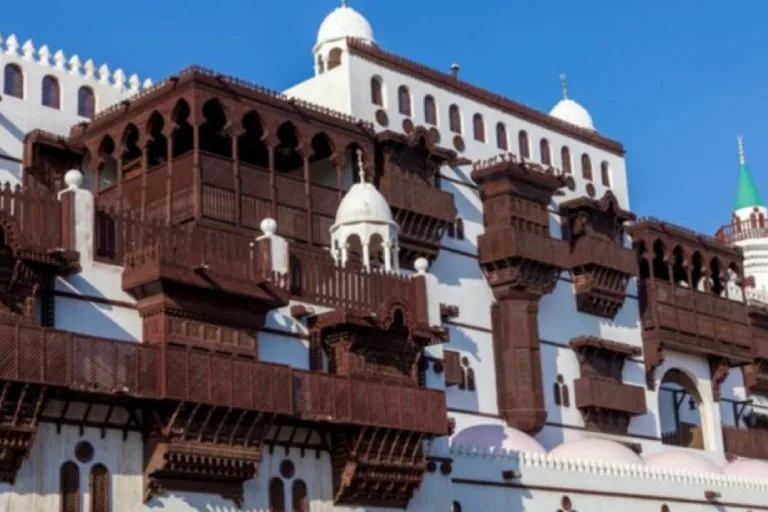
The vibrant city of Jeddah welcomes you to explore and trade, as millions have done throughout history from all over the world. It is a captivating destination that offers warmth year-round. Jeddah is the birthplace of art and music that have traveled globally and a world-renowned hub for diverse and lively cultures. This unique blend has left an impression on Jeddah’s distinctive cuisine, featuring unique dishes that share international flavors.

Formerly known as Mecca, the mother of all cities and the trusted land. Its mountains witnessed the first revelation to the first Muslim, while visitors stand in awe before the sacred Kaaba, the Muslims’ Qibla from all over the world. The Haram Mosque sits majestically in the middle with thousands of worshippers adorning it around the clock. Mecca welcomes millions of Muslim visitors who come for Hajj or Umrah, as it is the holiest place and the most sacred destination for Islam in the world.
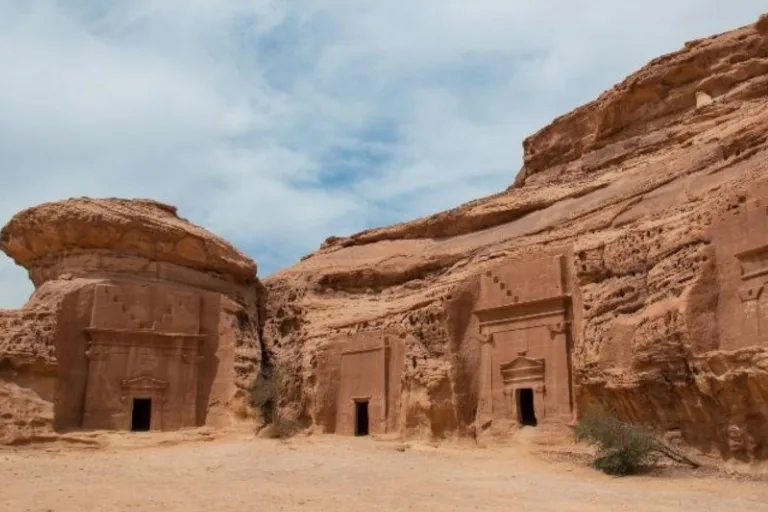
The city of Medina, historically known as Yathrib, was founded in the 6th century BC. It is the second holiest place for Muslims after Mecca, and was where Prophet Muhammad (peace be upon him) established the Muslim community. The city is home to several landmarks and monuments, including the Prophet’s Mosque, which is the second holiest mosque after the Sacred Mosque in Mecca, as well as the Baqi Cemetery where many companions of the Prophet are buried, Quba Mosque, the first mosque built in Islam, the Mosque of the Two Qiblas, Mount Uhud, not to mention the ancient streets and alleys.
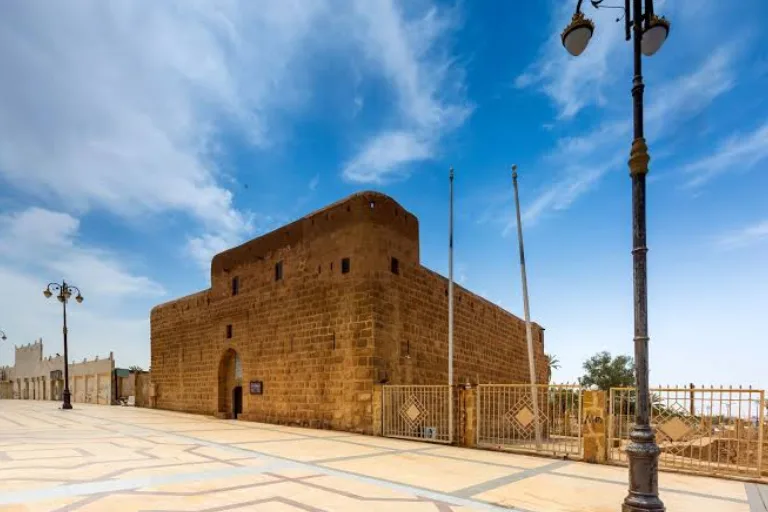
The sky of Tabuk echoes with popular arts intertwined with the melodies of the rebab and sung Nabati poems. Some of the region’s artifacts date back to 500 BC, as it abounds with historical landmarks filled with timeless stories. It used to be a crossing point for traders due to its location in the northwest of the Arabian Peninsula. Its fertile land produces crops that compete in global markets, such as fruits, vegetables, wheat, barley, and millions of roses that color the farms of the city.

The capital of diving in Saudi Arabia, and one of the most beautiful cities located on the west coast, three sections intertwined in Yanbu resembling small independent cities, always ready to amaze you, they are: Yanbu Al-Bahr, Yanbu Al-Nakhl, and Yanbu Al-Sinaiyah, with each having captivating details. Yanbu Al-Nakhl is distinguished by its ancient history; it was a station on the caravan route between Saudi Arabia, Egypt, Yemen and the Mediterranean region.
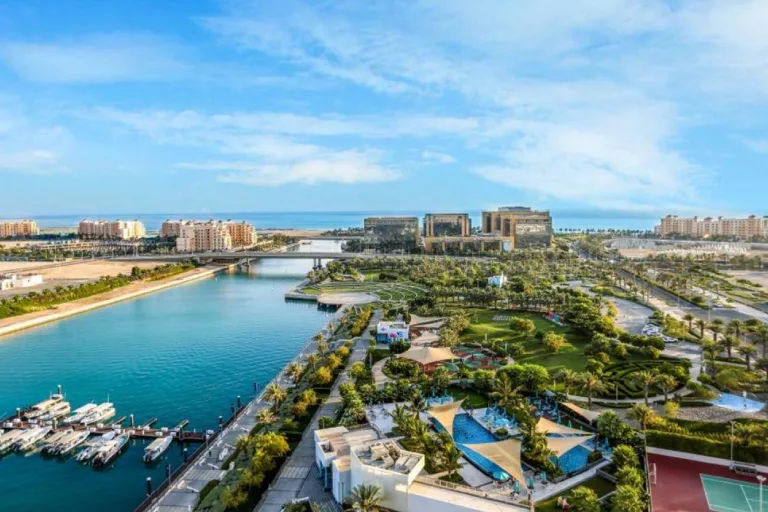
On the shores of the Red Sea, covering an area of 181 million square meters, lies King Abdullah Economic City, one of the world’s most important economic cities, renowned for its modern lifestyle, tranquil and relaxing destinations, and contemporary living details. It is one of Saudi Arabia’s newest cities, established in 2005 by King Abdullah bin Abdulaziz Al Saud, and has become one of the most popular leisure destinations visited by millions of visitors.
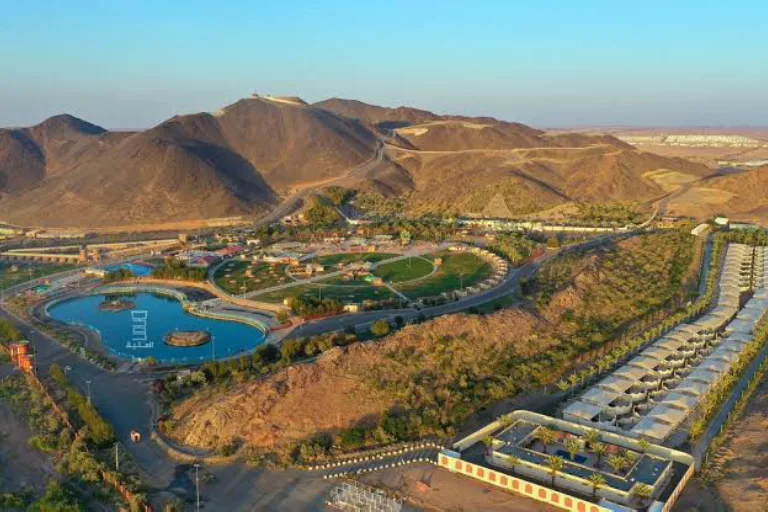
Dubbed the “Key to the Desert” and “Bride of the North,” Hail is known for its ancient history and culture of genuine generosity, named after Hatim Al-Tai, who lived there long ago. Beautiful Hail is a region with a rich history dating back to prehistoric times, featuring diverse terrains ranging from vast deserts to plains, valleys, and rocky ridges. It is also home to a series of mountains, the most famous of which are Aja and Salma. Thanks to its strategic location, Hail was a crucial station for pilgrims crossing from the north of the kingdom.
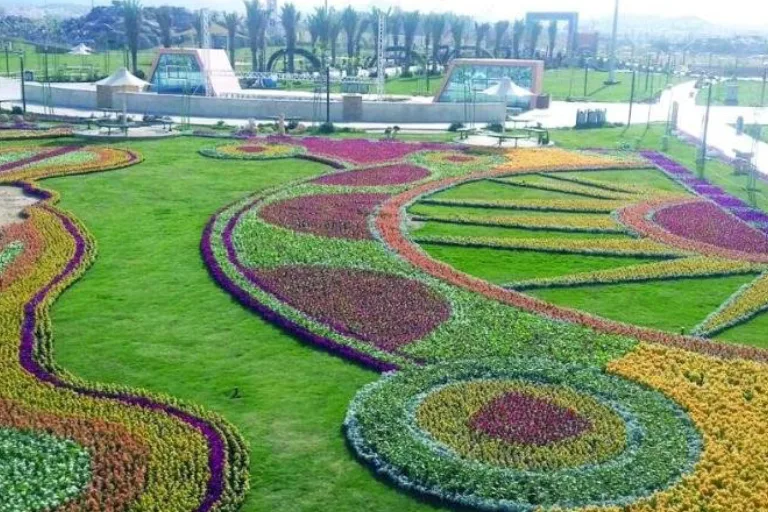
Like any mountainous city, Taif is enveloped by clouds and tranquility, while surrounded by an aura of beauty, elegance, and purity. Located on the eastern slopes of the Al-Sarawat Mountains, the cloud’s friend lies at an altitude of approximately 1,700 meters above sea level. As it moves towards its southern rural areas, where its rich farms and lively traditions reside, its altitude rises up to 2,400 meters.
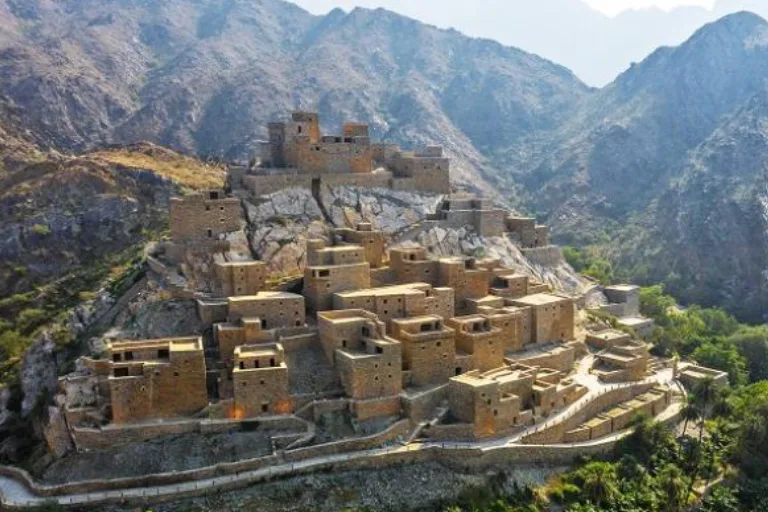
The lands of Al-Baha are filled with dense forests, mountains, waterfalls, and captivating valleys. The region holds a rich history showcased by the inscriptions and drawings left on its mountains and valleys. Additionally, it has a heritage brimming with ancient traditions evident in its traditional dishes, historical villages, heritage museums, and popular markets, which transport you to a detailed picture of the past.

Abha city is ideally located in southwestern Saudi Arabia, at an altitude of 2200m between the peaks of the Sarawat Mountains. Its location allows you to embrace the clouds and wander among its mountain peaks, thriving on surprise and awe. As you view the castles and palaces built from its pristine environment, you are transported through time, spanning centuries.

The home of olive trees, known for its fertility and suitable climatic conditions for producing the finest crops such as olives, dates, grains, fruits, and vegetables, has a rich history dating back millions of years. It includes historical artifacts dating back to the Stone Age and others that date back to prehistoric times. It also contains palaces and ancient castles that preserve their ancient appearance, taking you on a journey through time during your visit to the region.

Jazan boasts a breathtakingly diverse geography, environment, and culture. From the moment you embark on a journey to explore this enchanting coastal region, with its 200-kilometer stretch of Red Sea coastline, you’ll be introduced to fascinating experiences, from diving to climbing the rugged peaks of Qahar and the verdant mountains of Fayfa. The region is known for producing the finest tropical fruits, such as mangoes, bananas, papayas, and figs.

The Red Sea Pearl is located south of Wadi El-Deesa. Regular ferry trips depart from there to Egypt and Jordan, and the Na’aman Island is a wonderful destination to enjoy soft golden sands and charming beach vibes.

At the top of the Sarawat Mountains, within the enchanting region of Asir, Al-Namas offers its visitors one of the most beautiful experiences and trips amidst captivating nature. Al-Namas’ climate is characterized by refreshing rains, fog, and temperatures that are mostly cool throughout the year. Its natural terrain, lush green vegetation, and delicious seasonal crops all combine to create a stunning destination for nature lovers and fans of unique experiences.
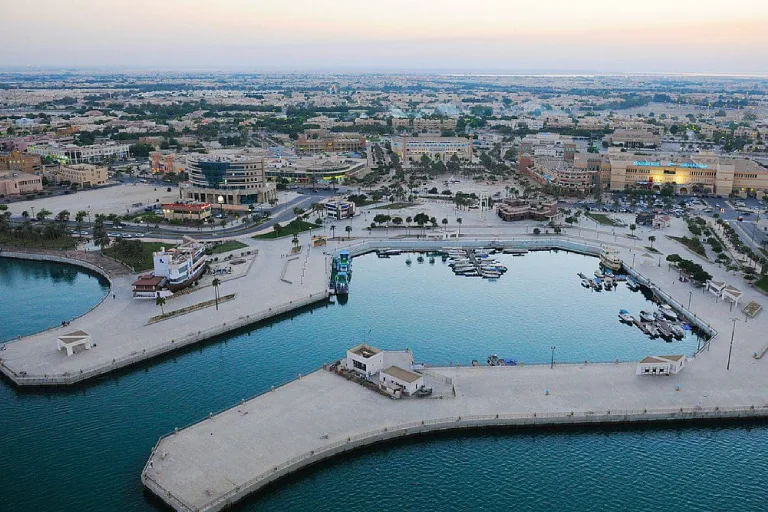
On the coast of the Arabian Gulf in the Eastern Province of Saudi Arabia, Al Jubail shines with its stunning beaches, vast green parks, along with modern commercial complexes and upscale restaurants offering delicious dishes with colorful sea views. Al Jubail is one of the largest industrial cities in the world, housing several industrial complexes for petrochemical, basic, and secondary industries.

On the southern banks of the largest desert in the kingdom lies the region of Najran; land of culture, heritage, ancient civilizations, and geographic diversity. Najran takes you on a journey through history, encompassing the Hamma Cultural Area, registered on the UNESCO World Heritage List, containing inscriptions and artifacts left by humans throughout the ages on one of the oldest caravan routes in Najran.

Land that has been written about by poets and provides the finest dates to more than 74 countries. Its products include vegetables, grains, and dates, making it a unique site for trade and agriculture. It produces over a million tons of crops annually and celebrates the end of the harvest season with the Buraidah date festival. The Qassim region captures the hearts of visitors with its cultural heritage, historical landmarks, and stunning nature.
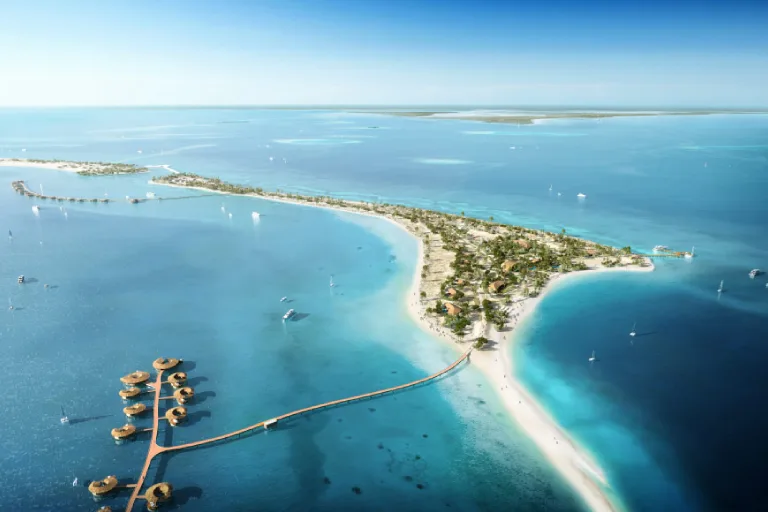
The Red Sea Project is one of the largest and most unique projects in the world, in line with the ambitious goals of Saudi Vision 2030. The project will provide a one-of-a-kind luxury tourism experience and will introduce a new vision and innovative model for sustainable tourism around the globe. The destination includes an archipelago of over 90 pristine islands, thriving coral reefs, as well as desert canyons, dormant volcanoes, and undulating sand dunes, along with dive centers, yachts, innovative cultural, recreational, and wellness centers.
One of the oldest companies operating in the travel and tourism sector in the Kingdom of Saudi Arabia.
ALFAHHAD Travel – All Rights Reserved 2024 | Registration No: 1010145730 ©